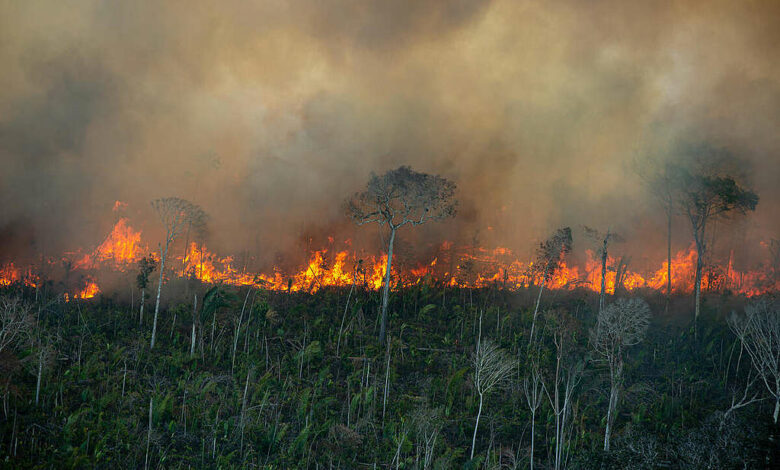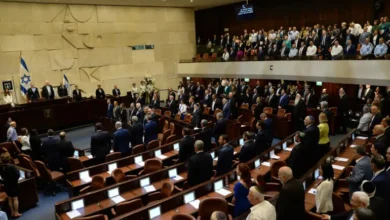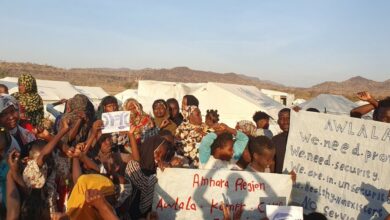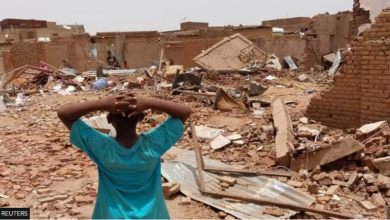wave of fires in Brazilian Amazon

The Brazilian Amazon rainforest is suffering from more fires than at any point in nearly five years, spurred on by a surge in illegal deforestation.
According to Brazil’s national space institute, satellites have detected more than 33,000 fires as the rainforest enters the peak of fire season, which often correlates with high levels of deforestation activity.
“The deforestation rate is very high. That means there are many fallen trees ready to burn,” Ane Alencar, coordinator of the Mapbiomas Fire project. “The fire season will be even more intense in September.”
Brazil’s far-right President Jair Bolsonaro has been criticised for his failure to combat illegal deforestation and for what critics have alleged is a sympathetic view of such activities.
The fires are commonly started by groups making room for cattle to graze, and environmental land defenders and Indigenous groups have faced violence and suppression.
The Amazon experienced the worst August for fire in 12 years, but Bolsonaro has played down the criticisms, pushing for commercial activity in the Amazon and suggesting the criticisms are part of an effort to undermine Brazil’s agribusiness sector.
Brazil does not deserve to be attacked in this way,” said Bolsonaro, who is campaigning for reelection.“None of those who are attacking us have the right. If they wanted a pretty forest to call their own, they should have preserved the ones in their countries,” he wrote on Twitter last month.
A recent report by the Igarape Institute, a Brazilian think-tank, found that authorities are doing little to curb deforestation in the Amazon.
About 20 percent of the area that has burned in the Amazon this year was recently deforested. Some of it is in areas that are supposed to be protected but are targeted by land-grabbers, according to an analysis by the Center of Life Institute, a Brazilian non-profit, based on NASA’s Global Fire Emissions Database.
The Bolsonaro government promised to put an end to illegal deforestation by 2028 at the COP26 climate summit, but forest loss has increased to a 15-year high during his tenure.
“If Brazil wants to reduce its carbon emissions, the number one thing to do is reduce deforestation,” Alencar said. “And the second is to reduce the use of fire.”





